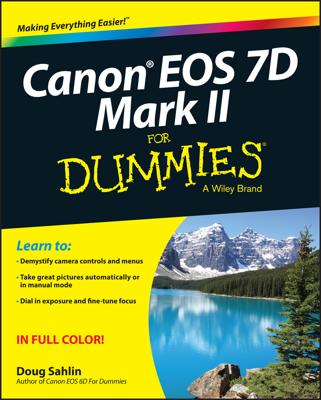For example, the instructions may tell you to gently fold over the paper (without creasing it) and let it relax for a time before you hang it — a process called booking. During the time that wallpaper relaxes, it may expand as much as 1/2 inch or more. After the paper is hung and it dries on the wall, it tends to pull itself nice and tight on the wall, but the adhesive causes it to hold its expanded size.
The success of your project depends on the proper application of the right adhesive. For example, if you apply too much adhesive on grasscloth or fabric coverings, the paste seeps through the backing and onto the decorative surface. Too much adhesive can also cause excessive shrinking or slow drying, which can create mildew problems. Too thin and — you guessed it — it won’t stick or the edges will curl. The backing of the wallcovering and the type of wall surface determine the type of adhesive you should use, how thick it needs to be, and how much you should apply, but you need to consider other factors, too.
Prepasted wallcoverings
The dry paste on the back of a prepasted wallcovering must be activated (liquefied) by soaking the wallcovering in water or by brushing on a prepaste activator, which is like a thinned wallpaper paste.If you’re using the water-soak method, follow the manufacturer’s guidelines:
-
If the instructions say to go directly from water bath to wall, place the water box in position at the base of the wall. Submerge the loosely rolled strip in the water bath for the specified time and then hang it.
-
If the instructions say to book the wallcovering, loosely fold the backsides of the strip together so that the pasted sides are over each other as follows.
-
Fold the bottom end to about one-half or two-thirds of the way up the paper.
-
Fold the top down just to meet that point.
-
With the pasted sides together, fold the strip in half or roll it up loosely and set it aside to relax for five to ten minutes, as suggested by the manufacturer.
Follow the same sequence and procedure every time you book and fold or roll a strip.
Unpasted wallcoverings
Use a standard premixed wallpaper paste for unpasted wallcoverings unless the manufacturer (or dealer) recommends a heavy-duty paste for the particular wallcovering you’ve chosen. Then follow these steps:-
Lay one or more cut strips on your pasting table.
Make sure that all the strips are oriented in the same direction and that the pattern side is facing down.
-
Position the top of the first strip at one end of the table and apply the paste to at least the top half of the paper.
-
Book the top half of the strip by folding the pasted surfaces together.
When you book, fold, or roll a pasted strip, make sure that the end that will hang up to the ceiling is on the top of a fold or the outside of the roll
-
Slide the booked end down the table so that you can paste and book the rest of the strip.
-
Loosely fold or roll the booked strip if the manufacturer recommends resting time before hanging.
Don’t paste more than one strip at a time or one may dry prematurely while you’re hanging another.

